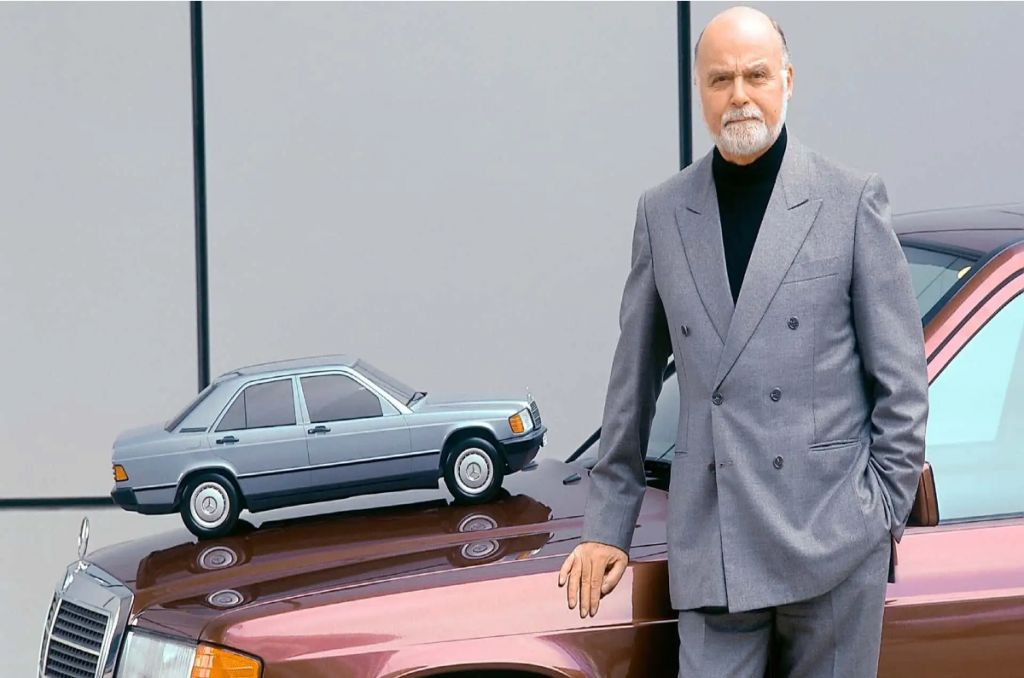
What better tribute can we pay Mercedes’ celebrated designer who died recently, than to line up all his greatest works and celebrate them.
So much of what we see and like about a car begins with the design. It sets the tone and lends character to the car, and if the designers manage to sync the looks with what the car actually ‘feels like’, they can both feed off each other and enhance the car as a whole. Bruno Sacco, one of Mercedes’ stars and the head of design for Mercedes from 1975 to 1999, often managed to do this.
Come November 24, you will be able to see many of his finest designs celebrated at one single location, the Mercedes Benz Classic Car Rally 2024 in Mumbai. Not only will we have all of his best designs placed cheek to jowl, they will also be placed in chronological order, so you can appreciate both the horizontal conformity as well as his vertical progression, just as Sacco would have wanted.

Born in Italy, Sacco left a lasting mark on the company with his timeless, clean designs and his passion for simple aesthetics. Some of his greatest hits include the 124 model series, with all four body variants, the S-Class of the 126 model series – including the SEC coupe that he had a soft spot for – the ground breaking Mercedes-Benz 190 (W 201) and the R 129 SLs; the latter also being among his personal favourites. He always had amazing clarity. “A Mercedes-Benz must always look like a Mercedes-Benz.” And almost all his cars were designed to age well – clean minimalist lines; large, perfectly sculpted surfaces; and strong chamfered sections that would lend a feeling of solidity.

But it wasn't just perfect geometric and seamless form that Sacco was famous for. He was also one of the pioneers of the integrated bumper and side cladding, the latter used to lend a modern air and help break up the mass of the car. Introduced by Sacco in 1979, these side protective strips can be seen on the 126 series S-Class, the innovative 190 or compact class (W 201), the W124 that started it all in India, the W140 S-Class (1991-1998) and the R 129 SL (1989-2001). And Sacco, also put great emphasis on aerodynamic efficiency, which can be seen in the steady improvement over the years, designers working hand in hand with aero engineers, much as they do everywhere today.

What’s amazing is that Sacco was only the second dedicated designer to ever be appointed by the body engineering department at Mercedes, the first being another legend, Frenchman Paul Bracq. During this time, he worked with others on outstanding models such as the Mercedes-Benz 600 (W 100) and the 230 SL “Pagoda” (W 113). He also assumed design management for the Wankel engine experimental cars, the C 111 (1969) and C 111-II (1970).
On March 31, 1999, Sacco retired and subsequently received several awards like an honorary doctorate from the University of Udine in 2002. He was then admitted to the “Automotive Hall of Fame” in Dearborn, Michigan, in 2006, and to the “European Automotive Hall of Fame” in Geneva in 2007.
Image source
Also read: